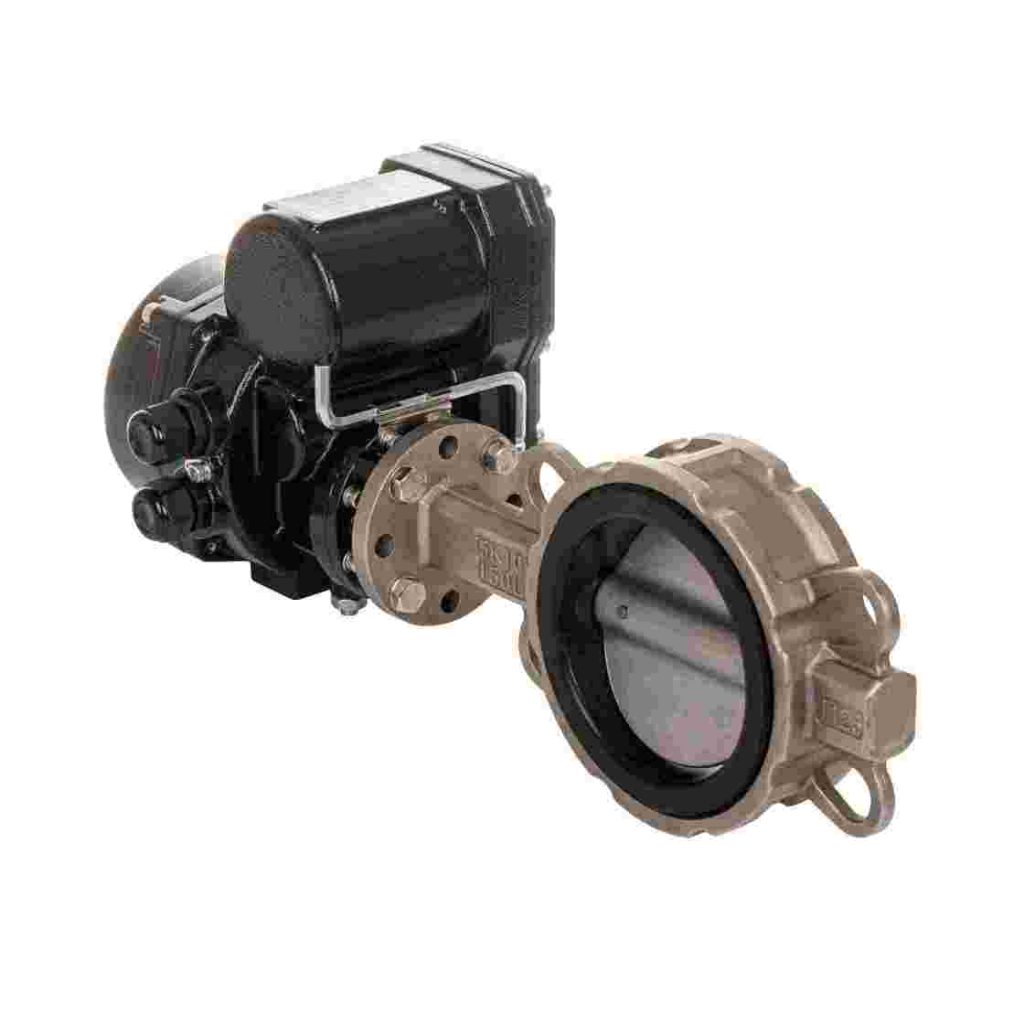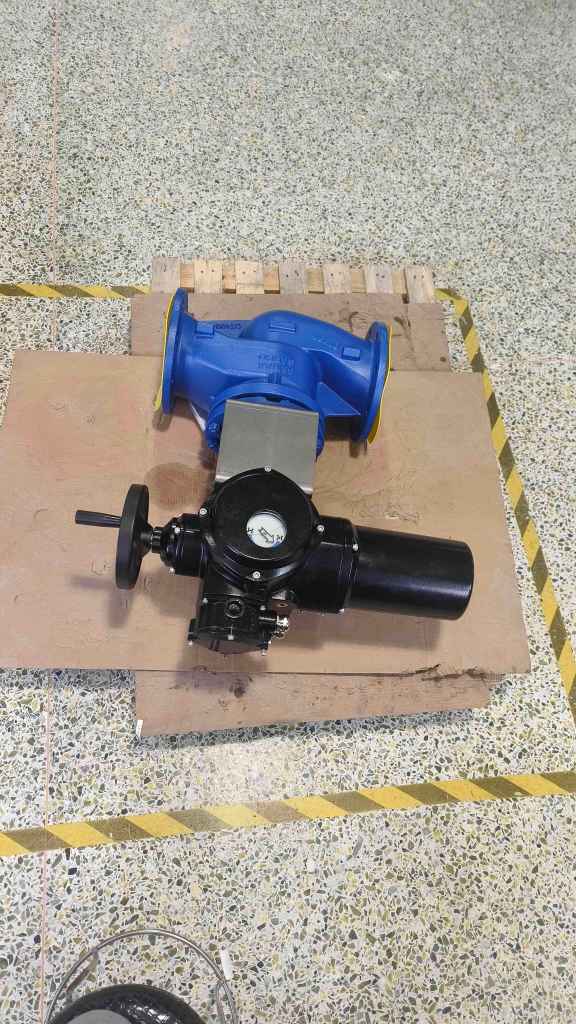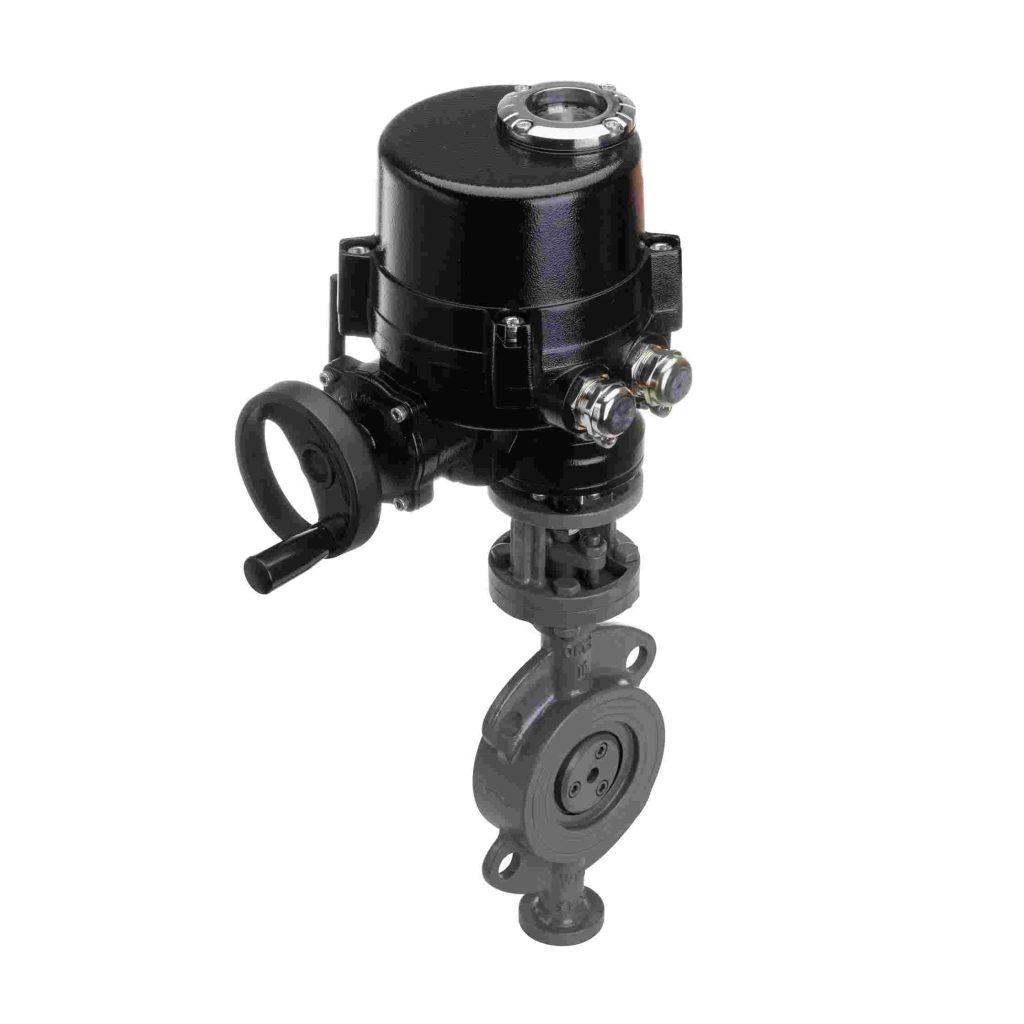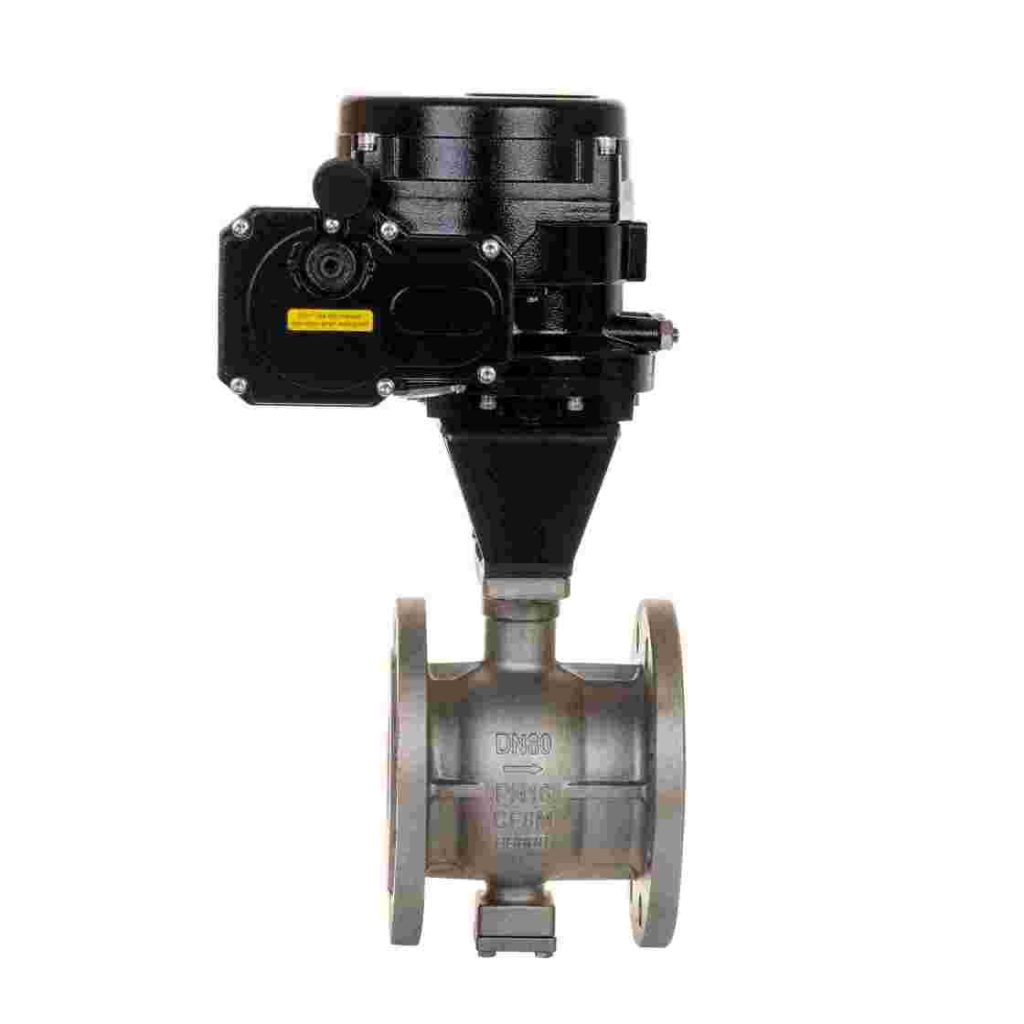The WCB Electric Flanged Soft Seal Butterfly Valve is an essential component in modern fluid control systems, widely used across various industries such as water treatment, oil and gas, chemical processing, and HVAC systems. Known for its durability, efficiency, and versatility, this valve offers a reliable solution for controlling the flow of fluids and gases. In this article, we will explore the features, advantages, and applications of the WCB Electric Flanged Soft Seal Butterfly Valve, highlighting why it has become a preferred choice for engineers and system designers.

What is a WCB Electric Flanged Soft Seal Butterfly Valve?

A butterfly valve is a quarter-turn valve with a disc that rotates around an axis to regulate the flow of liquids or gases. The WCB Electric Flanged Soft Seal Butterfly Valve specifically combines the advantages of electric actuation, flanged connections, and soft sealing technology. The WCB (Wrought Carbon Steel) construction provides a robust and durable body material, offering resistance to corrosion, high pressure, and temperature extremes. The “electric” aspect refers to the valve’s electric actuator, which allows for automated operation, making it suitable for remote control and integration into larger automation systems. “Flanged” connections provide a secure and leak-proof interface for installation in pipeline systems. The “soft seal” refers to the valve’s sealing mechanism, where a soft, elastic material is used to form a tight seal between the valve disc and the valve body, preventing leaks even at high pressures.



























